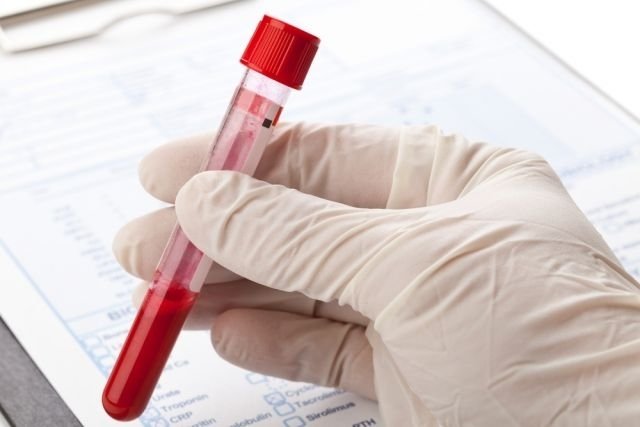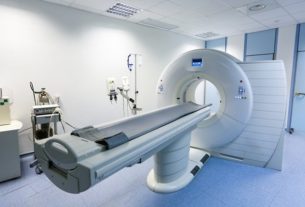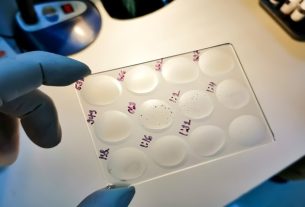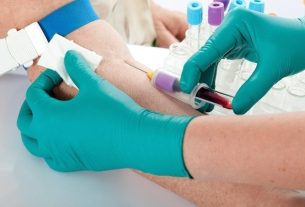CPK, or creatine phosphokinase, is an enzyme present in muscle tissues, the brain and the heart. In the presence of damage to these organs, this enzyme is released into the bloodstream, resulting in an increase in its concentration. Thus, high CPK can be caused by a heart attack, stroke or muscle damage, for example.
CPK can be divided into some types according to the location in which they operate, and it is important to identify the type of CPK that is increased so that it is possible to reach the correct diagnosis.
Although CPK is useful for identifying changes, it is not specific, and it is important that the CPK result is evaluated by the doctor together with other laboratory results to confirm the diagnosis.

CPK reference values
The reference values for creatine phosphokinase (total CPK) are 32 and 294 U/L for men e 33 to 211 U/L for women but they may vary depending on the laboratory where the test is carried out.
What is the exam for?
The creatine phosphokinase (CPK) test is useful to help diagnose diseases such as heart attack, kidney or lung failure, among others. This enzyme is subdivided into three types according to where it acts:
- CPK 1 or BB: It can be found in the lungs and brain, mainly;
- CPK 2 or MB: It is found in the heart muscle and therefore can be used as a marker of heart attack, for example;
- CPK 3 or MM: It is present in muscle tissue and represents 95% of all creatine phosphokinases (BB and MB).
The dosage of each type of CK is done using different laboratory methods according to its properties and according to medical indications. When CPK measurement is requested to evaluate a heart attack, for example, CK MB is measured in addition to other cardiac markers, such as myoglobin and troponin, mainly.
A CK MB value equal to or less than 5 ng/mL is considered normal and its concentration is normally elevated in the case of a heart attack. CK MB levels usually increase 3 to 5 hours after the heart attack, reach a peak within 24 hours and the value returns to normal between 48 and 72 hours after the heart attack.
Despite being considered a good cardiac marker, the measurement of CK MB for the diagnosis of infarction must be carried out together with troponin, mainly because troponin values return to normal approximately 10 days after the infarction, therefore being more specific. . See what the troponin test is for.
How is done
To carry out CPK measurement, fasting is not mandatory and may or may not be recommended by the doctor. However, it is important to avoid performing strenuous physical exercise at least 2 days before taking the test, as this enzyme may be elevated after exercise due to its production by the muscles, in addition to the suspension of medications, such as Amphotericin B and Clofibrate, for example, as they can interfere with the test results.
If the exam is requested with the aim of diagnosing a heart attack, it is recommended that the relationship between CPK MB and CPK be evaluated using the following formula: 100% x (CK MB/ total CK). If the result of this ratio is greater than 6%, it is indicative of damage to the heart muscle, but if it is less than 6%, it is a sign of injury to the skeletal muscle, and the doctor must investigate the cause.
What does high or low CPK mean?
According to the results of the exam, it is possible to have:
CPK high
High CPK can be indicative of different situations depending on the type indicated in the exam:
- CPK BB: heart attack, stroke, brain tumor, seizures, lung failure;
- CPK MB: cardiac inflammation, chest injury, electric shock, in case of cardiac defibrillation, heart surgery;
- CPK MM: crush injury, intense physical exercise, long immobilization, use of illicit drugs, inflammation in the body, muscular dystrophy, after electromyography;
- CPK total: excessive intake of alcoholic beverages, due to the use of medicines such as amphotericin B, clofibrate, ethanol, carbenoxolone, halothane and succinylcholine administered together, barbiturate poisoning
It is necessary to pay attention to the type of CPK that is increased and the reference value indicated in the exam, as it can be indicative of different situations. In general, CPK is considered high when a concentration above 294 U/L is found in men, or 211 U/L in women.
Low CPK
Low CPK is normally related to a decrease in MM CPK, which may be indicative of loss of muscle mass, malnutrition and cachexia, which corresponds to the progressive loss of muscle mass, fat and bone mass.
Bibliography
- STATPEARLS. Creatine Phosphokinase. 2022. Available at: <https://www.ncbi.nlm.nih.gov/books/NBK546624/>. Accessed on September 8, 2022
- MOUNT SINAI. Creatine phosphokinase test. Disponível em: <https://www.mountsinai.org/health-library/tests/creatine-phosphokinase-test>. Acesso em 08 set 2022

Sign up for our newsletter and stay up to date with exclusive news
that can transform your routine!
Warning: Undefined array key "title" in /home/storelat/public_html/wp-content/plugins/link-whisper-premium/templates/frontend/related-posts.php on line 12
Warning: Undefined array key "title_tag" in /home/storelat/public_html/wp-content/plugins/link-whisper-premium/templates/frontend/related-posts.php on line 13



